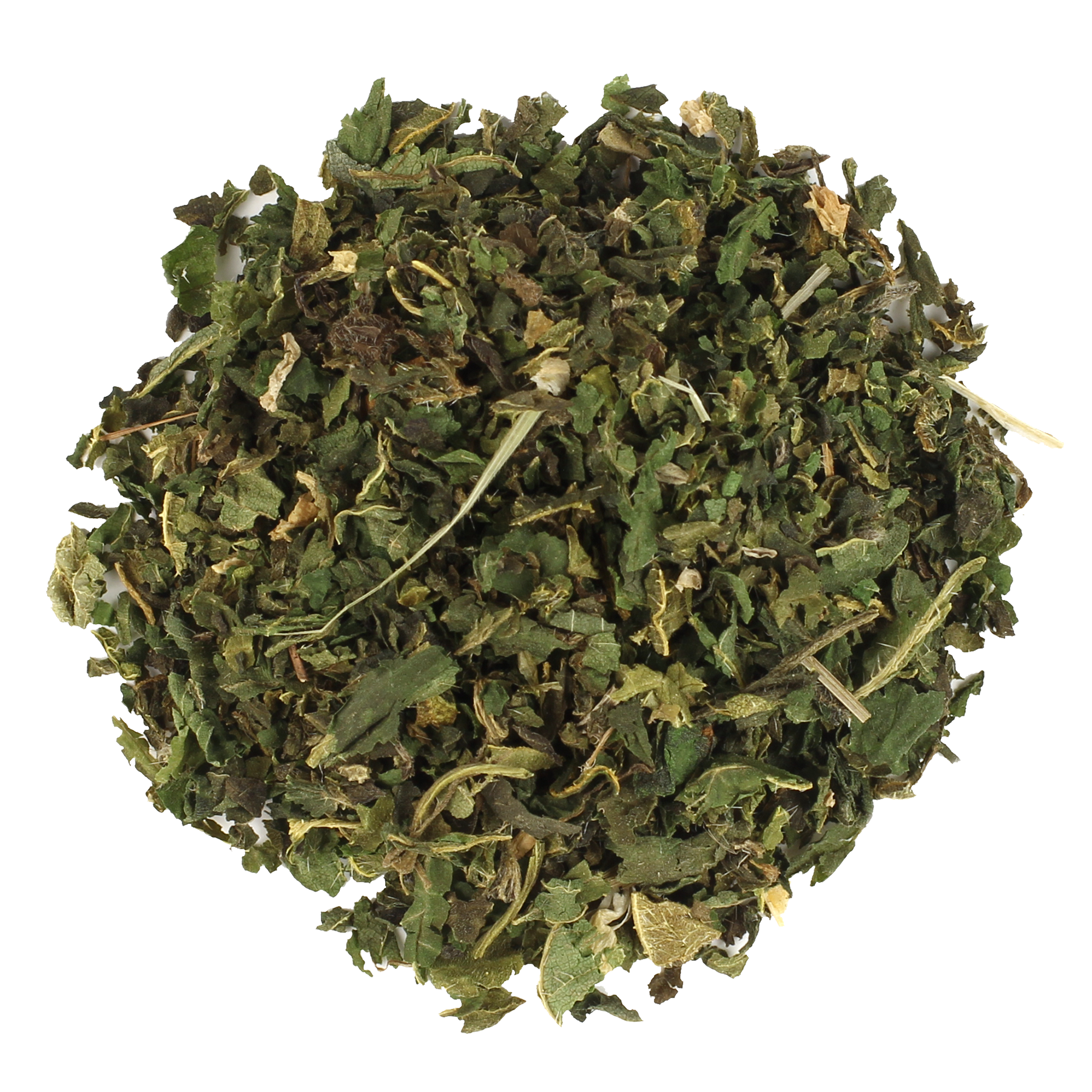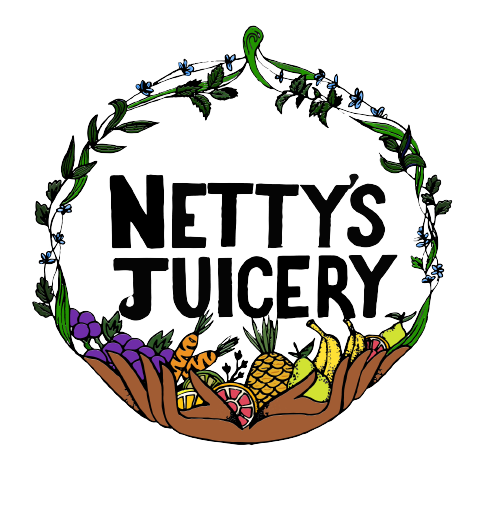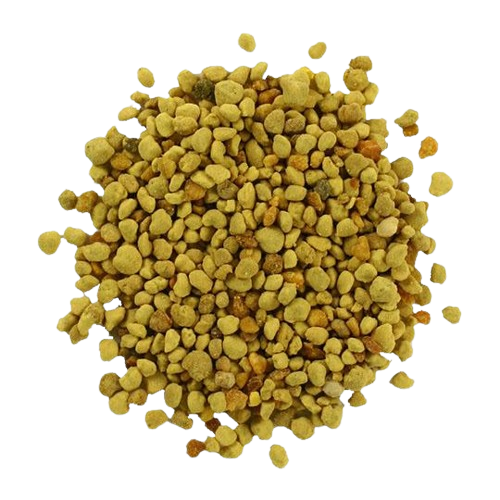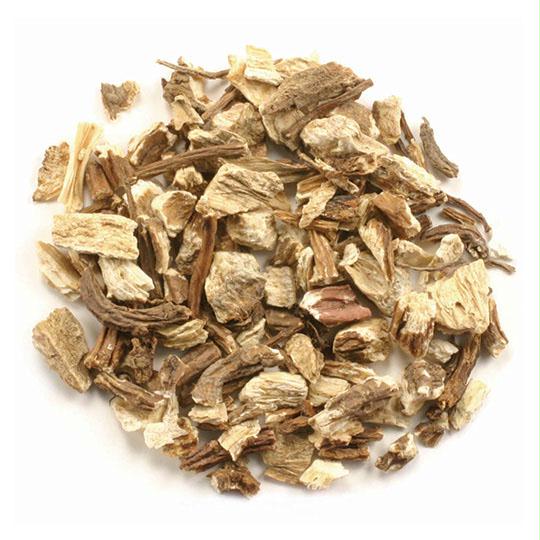
Herbalism 101: Nettle Root
Have you heard of Nettle (Urtica dioica) root? This tried and true herb is so simple and easy to incorporate into your routine for preventative wellness and beauty benefits.
What Vitamins Are in Nettle?
This nutrient-dense plant is rich in vitamins A, C, K, and several B vitamins, as well as minerals such as iron, calcium, magnesium, and potassium, and antioxidants that help protect cells from damage.
How Does Nettle Support the Human Body?
Native American tribes such as the Cheyenne and the Lakota have used nettle for its anti-inflammatory properties to treat joint pain and arthritis. The sting of the nettle was sometimes applied directly to the skin to alleviate muscle pain, a practice known as urtication. Some studies suggest nettle may regulate blood sugar levels, beneficial for individuals with diabetes or those at risk.
Nettle also supports urinary health with its diuretic properties and is sometimes used to alleviate symptoms of benign prostatic hyperplasia (BPH) in men. Additionally, its benefits extend to skin health, helping to alleviate conditions like eczema and acne, and to digestive health, aiding in treating gastrointestinal issues such as constipation and diarrhea.
The plant is also renowned for promoting healthy hair growth and reducing hair loss due to its nutrient profile and potential DHT-blocking effects, while its high calcium and magnesium content contributes to maintaining strong bones.
How to Prepare Nettle?
Nettle can be prepared in various ways, whether using fresh, dried, or powdered forms. When using fresh nettle, which should be harvested while wearing gloves to avoid stings, it can be made into tea by rinsing the leaves, steeping them in boiling water for 5-10 minutes, and straining.
Nettle was a valuable food source for many indigenous cultures. The young leaves were harvested and cooked like spinach or added to soups and stews. This provided a rich source of vitamins and minerals, especially during the early spring when other food sources were scarce. Fresh nettle can also be cooked into a soup by adding it to sautéed onions, garlic, and vegetables with broth, then blending the mixture until smooth, or simply sautéed with garlic until wilted, similar to spinach.
Dried nettle can be used to make tea by steeping 1-2 teaspoons in boiling water for 5-10 minutes, or a more concentrated infusion by steeping a handful in boiling water for several hours or overnight. Nettle powder can easily be added to smoothies, soups, or sauces for an extra nutritional boost. Nettle supplements, available in capsules, tablets, or extract forms, should be used according to the packaging instructions or as recommended by a healthcare professional.
Always consult a healthcare professional before starting any new supplement, especially if you have underlying health conditions or are taking other medications. The versatility and health benefits of nettle make it an excellent addition to a healthy lifestyle.
Sources:
- University of Maryland Medical Center. (n.d.). Stinging Nettle. Retrieved from umm.edu
- U.S. Department of Agriculture. (n.d.). Nutrient Data Laboratory: Nettle. Retrieved from usda.gov
- Chrubasik, J. E., Roufogalis, B. D., Wagner, H., & Chrubasik, S. (2007). A comprehensive review on the stinging nettle effect and efficacy profiles. Phytomedicine, 14(7-8), 568-579. doi:10.1016/j.phymed.2007.03.012
- Mittman, P. (1990). Randomized, double-blind study of freeze-dried Urtica dioica in the treatment of allergic rhinitis. Planta Medica, 56(1), 44-47. doi:10.1055/s-2006-960888
- Dar, S. A., & Sharma, S. (2011). Evaluation of anti-diabetic potential of aqueous extract of Urtica dioica in streptozotocin-induced diabetic rats. International Journal of Pharmacy and Pharmaceutical Sciences, 3(4), 60-65.
- Safarinejad, M. R. (2005). Urtica dioica for treatment of benign prostatic hyperplasia: a prospective, randomized, double-blind, placebo-controlled, crossover study. Journal of Herbal Pharmacotherapy, 5(4), 1-11. doi:10.1080/J157v05n04_01
- Claudel, J. P., Auffret, N., Leccia, M. T., Poli, F., & Corvec, S. (2019). Stinging nettle (Urtica dioica): A review of its preventive and therapeutic properties in skin diseases. Phytotherapy Research, 33(3), 537-545. doi:10.1002/ptr.6258
- Dobetsberger, C., & Buchbauer, G. (2011). Actions of essential oils on the central nervous system: An updated review. Flavour and Fragrance Journal, 26(5), 300-316. doi:10.1002/ffj.2043
- Murray, M. T. (1995). The healing power of herbs: The enlightened person's guide to the wonders of medicinal plants. Prima Publishing.



Leave a comment
This site is protected by hCaptcha and the hCaptcha Privacy Policy and Terms of Service apply.